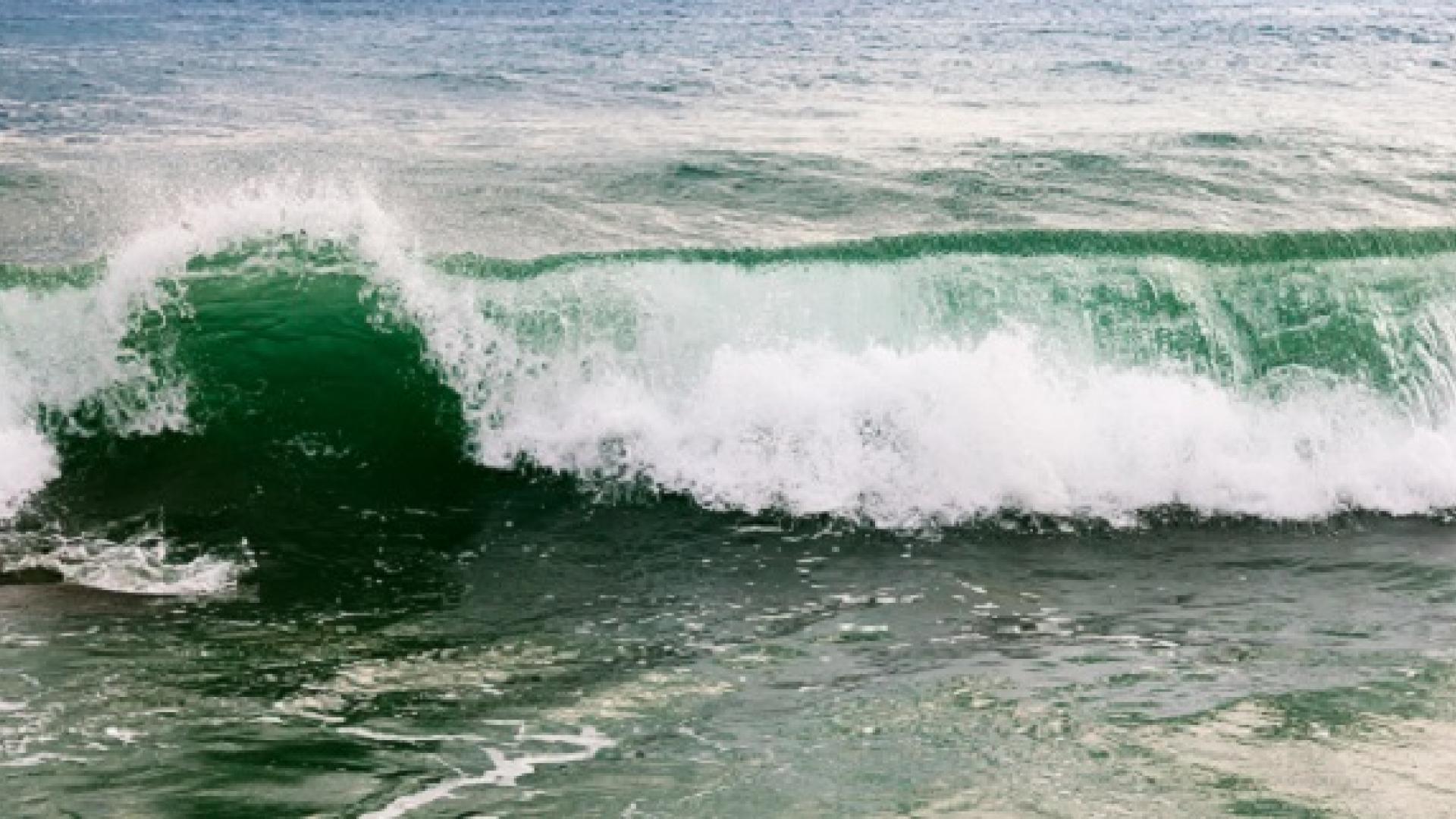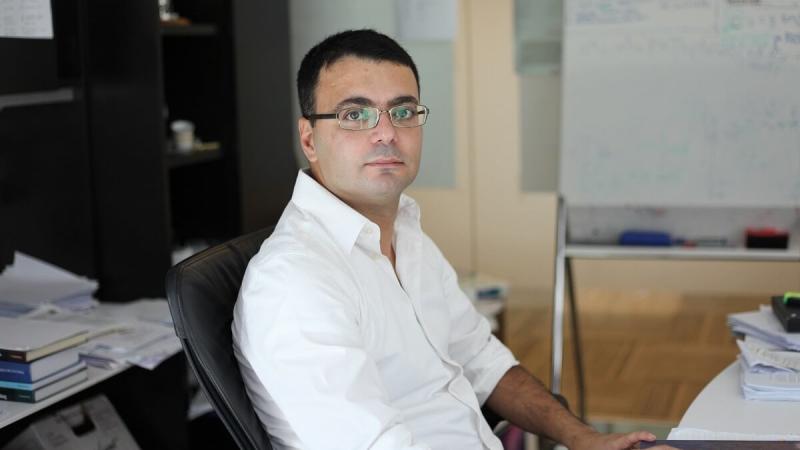© Iakov Filimonov / Alamy Stock Photo
Computer models used to simulate wind and wave patterns in the Red Sea over the past three decades indicate that both have been decreasing in intensity over time, say a multidisciplinary team at KAUST.
The small team is leading the study of the atmospheric-oceanic circulation and climate of the Red Sea and how they impact its ecosystem. Ibrahim Hoteit, KAUST Associate Professor of Earth Science and Engineering said: “the Red Sea’s ‘manageable’ size makes this possible".
“But don’t get me wrong. Elle a tout d’une grande [It has everything],” he continued. “The Red Sea basin involves amazing eddy and mesoscale variability, seasonally reversing overturning circulations, unexplored deep circulations, water exchanges with the Indian Ocean through the narrow straight of Bab Al-Mandab (in the south) and boundary currents in addition to a unique ecosystem, including coral reefs.”
Wind and wave data, recorded for the Red Sea region between 1985 and 2015 was incorporated into the Advanced Research Weather and Forecasting model and WAVEWATCH III. These models can combine historic data from various sources to create simulations of weather and wave patterns over a chosen period.
Collaborating with colleagues from the Institute of Marine Sciences in Venice, Italy, the researchers analyzed the resulting data set of wind and waves. They show that the waves in the Red Sea are generated by the action of three main wind regimes blowing from the North and the South, and in the summer, from the central Tokar gap on the Sudanese coast.
The trend of decreasing wind and wave intensities is particularly pronounced in the northern part of the Red Sea, which ends near Egypt’s border with Sudan, where the decrease reaches 15 percent.
“This is most likely due to decreased storminess in the Mediterranean region,” said Ph.D. student Sabique Langodan, the leading author of the study. Because the wind and waves in this part of the Red Sea propagate southward, the decreasing trend gets progressively smaller in the central and southern Red Sea.
Read the full article

